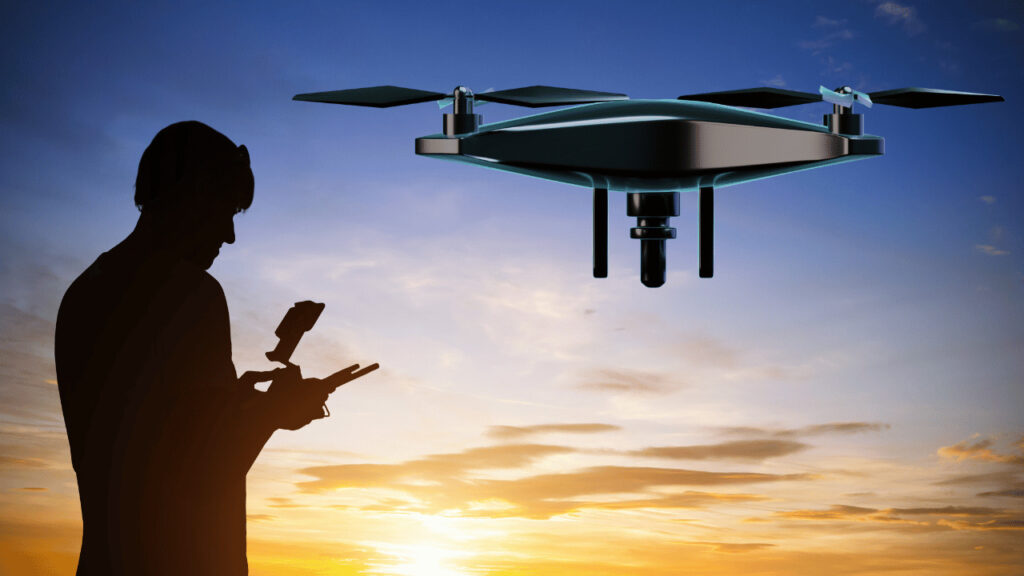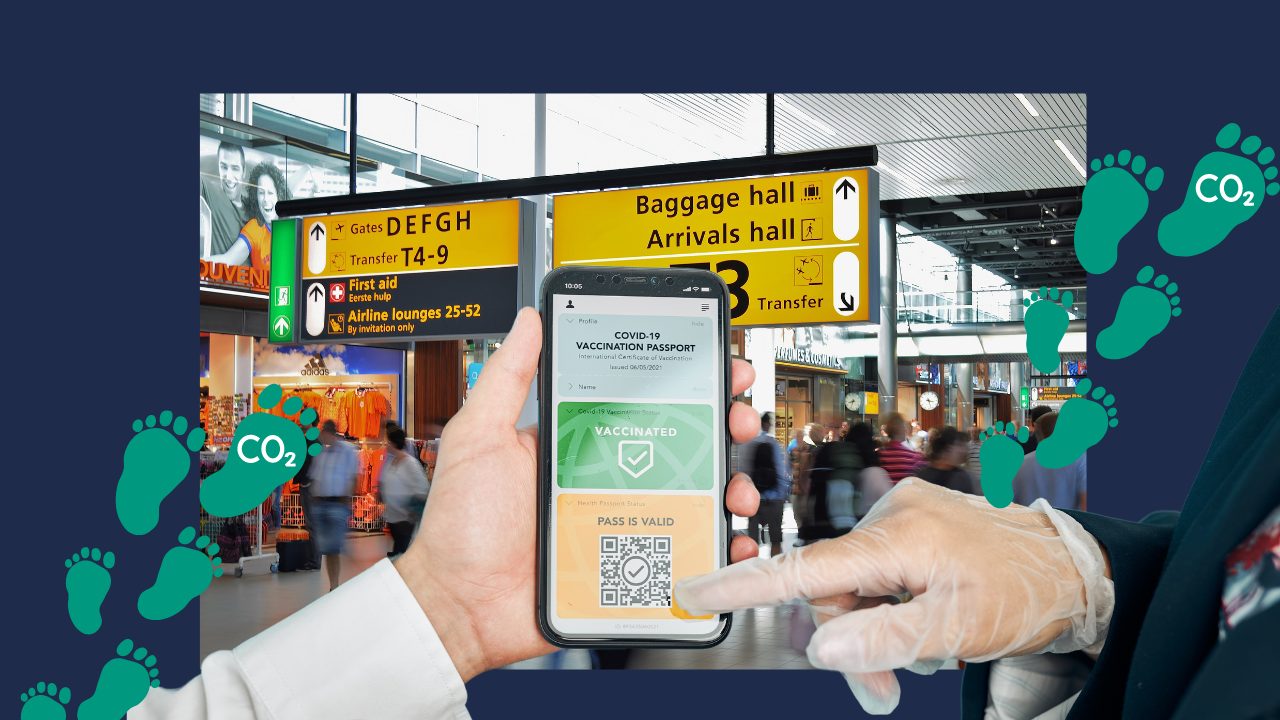As technology continues to advance, drones are becoming increasingly versatile, with applications ranging from aerial photography and videography to package delivery and search and rescue operations.
Among the different types of drones available, open source drones have emerged as a game-changer. While commercial drones dominate the market, a new player has emerged, disrupting the status quo: open source drones.
Let’s start from the beginning, by understanding what is an open source drone.
Open source is a collaborative approach where the source code and design files of a software or hardware project are made freely available for anyone to view, modify, and distribute. Open Software is instrumental in promoting online privacy because encourage developers to audit the code, fix issues and ensure nothing shady goes on in the background.
Open source refers to the concept of freely sharing design files, software code, and hardware specifications, allowing users to modify and enhance the technology. In PRVCY we talked very positive about this approach and is one of the reasons why we choose applications, softwares and hardware: and is based on the fact that allow every user to see what is happening in the background.
For example, photographers can equip drones with high-quality cameras to capture breathtaking aerial imagery, while farmers can integrate multispectral sensors to monitor crop health. The ability to adapt and customize drones according to individual requirements fosters innovation and opens up new possibilities for drone technology. Open source drones follow this principle, allowing enthusiasts, hobbyists, researchers, and developers to access and contribute to the design and software of the drone. These projects often feature open hardware designs, flight control software, and ground control software.
There are two key elements driving the push for open-source drones:
- The geopolitical tensions between the US and China
- The search for a true DJI competitor. These two elements are the rise of new (particularly American) hardware players and nationalistic procurement policies in the US.
In the case of new hardware players entering the market, we are seeing a multitude of small organizations trying to come to market quickly and capture market share. Considering the cost and complexity of developing a proprietary flight controller algorithm, it is much easier for these players to buy common flight controllers with open-source software.
Advantages of Open Source Drones:
Flexibility and Customization
One of the major advantages of open source drones is their flexibility. Users can modify and adapt the hardware and software to suit their specific needs. Whether it’s adding extra sensors, integrating specialized cameras, or tweaking flight parameters, the possibilities are endless. This customization enables individuals to use drones for a wide array of applications, from agricultural monitoring to environmental research.
This flexibility is particularly valuable in research and development scenarios, where customization plays a pivotal role in achieving desired outcomes. Researchers can tailor the hardware and software of open source drones for specific scientific investigations, facilitating advancements in fields such as environmental monitoring, wildlife conservation, and disaster response.
Learning and Education
Open source drones are an excellent tool for learning and education. By providing access to the source code, students and enthusiasts can delve into the intricacies of drone technology, gaining a deeper understanding of how drones function and the principles behind their flight control systems. This hands-on approach fosters innovation and encourages aspiring engineers and programmers to explore the world of robotics. Open source drones offer tremendous educational opportunities, particularly in science, technology, engineering, and mathematics (STEM) fields. By providing access to the inner workings of drones, open source platforms empower students to explore the principles of aerodynamics, electronics, and programming. Assembling and programming a drone from scratch allows learners to grasp the intricacies of the technology, fostering hands-on learning experiences.
Collaborative Development
Open source projects thrive on collaboration. Developers from around the world contribute their expertise, creating a vibrant community that shares knowledge, addresses issues, and improves the technology collectively. This collaborative environment leads to rapid advancements and breakthroughs, benefiting all users of open source drones.
The community-driven nature of open source drones ensures that bugs are quickly identified and resolved, security vulnerabilities are patched, and new features are implemented. As a result, open source drones are constantly evolving, benefiting from the collective intelligence of passionate users worldwide.
Cost-Effective Solutions
Traditional, proprietary drones often come with hefty price tags, making them inaccessible to many individuals and organizations. Open source drones offer cost-effective alternatives to commercially available options. While commercial drones can be quite expensive, open source projects provide a more affordable route, making drone technology accessible to a wider audience. This affordability opens up possibilities for entrepreneurs, researchers, and organizations with limited budgets to leverage drone technology in their respective fields.
Ethical Considerations
Open source drones also present ethical advantages. By allowing transparency in the hardware and software design, users can ensure their drones adhere to ethical standards. This transparency helps mitigate concerns over privacy, data security, and misuse of drone technology, as the community collectively develops guidelines and safeguards.
Open source drones, eliminate barriers by providing free or low-cost alternatives. The availability of open source plans, designs, and software enables enthusiasts, hobbyists, and researchers to build their own drones using off-the-shelf components. This democratization of drone technology allows more people to engage in aerial exploration, experimentation, and learning.
Prominent Open Source Drone Projects
Open source drones have revolutionized the way we perceive and utilize drone technology. The accessibility, affordability, customization options, collaborative communities, and educational opportunities associated with open source drones have paved the way for groundbreaking advancements in various industries.
This communities often provide educational resources, tutorials, and documentation to support beginners in their drone-building endeavors. These resources serve as valuable learning materials, guiding users through the process of understanding and constructing drones.
By democratizing drone technology and encouraging knowledge sharing, open source platforms have unleashed the creative potential of enthusiasts and fostered innovation. As open source drones continue to evolve, we can expect to witness further enhancements, applications, and transformative changes in the way drones are used, benefiting individuals, businesses, and society as a whole.












